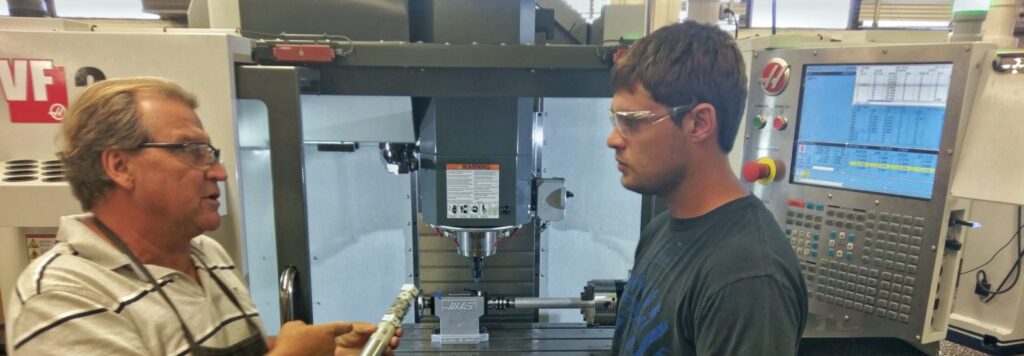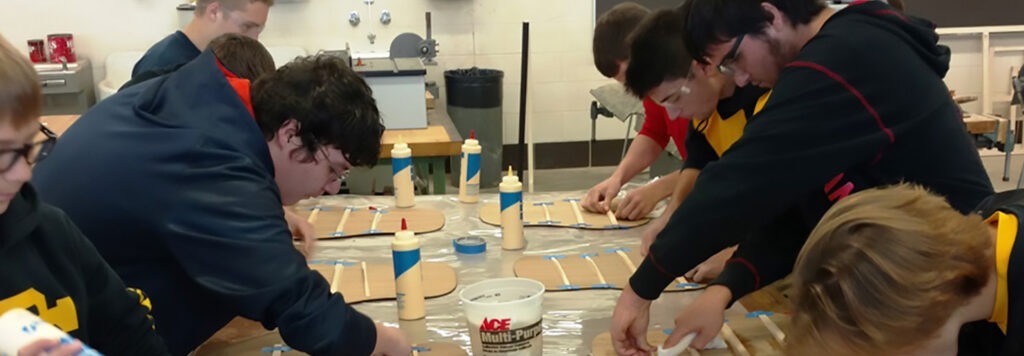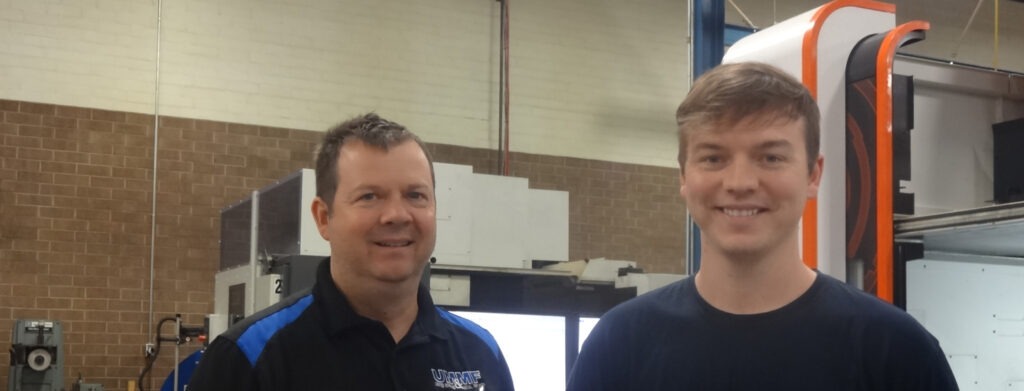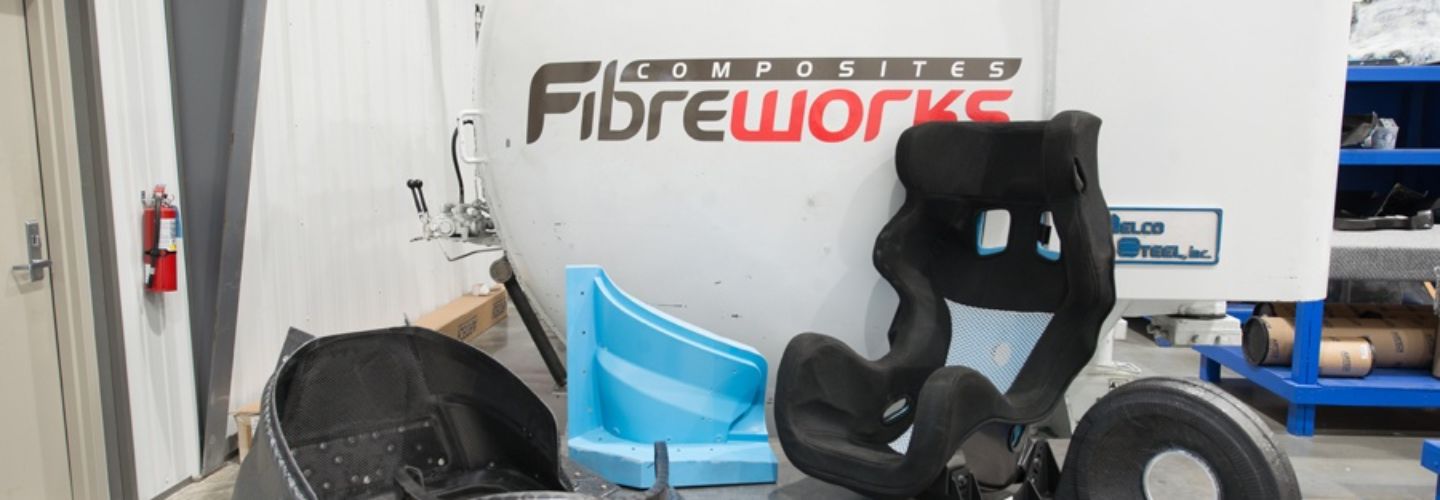
Reducing The Wait for Composite Racing Parts
Composite structures made with epoxy-infused carbon fiber are 30-40% lighter than aluminum and twice as strong. That is why Fibreworks Composites, LLC (Mooresville, NC) has barely been able to keep pace with orders for custom seats and other racing car parts since this high-performance composites manufacturer opened its doors in 2009.
Quick Facts
- Product Used: Router
- Industry: Transportation
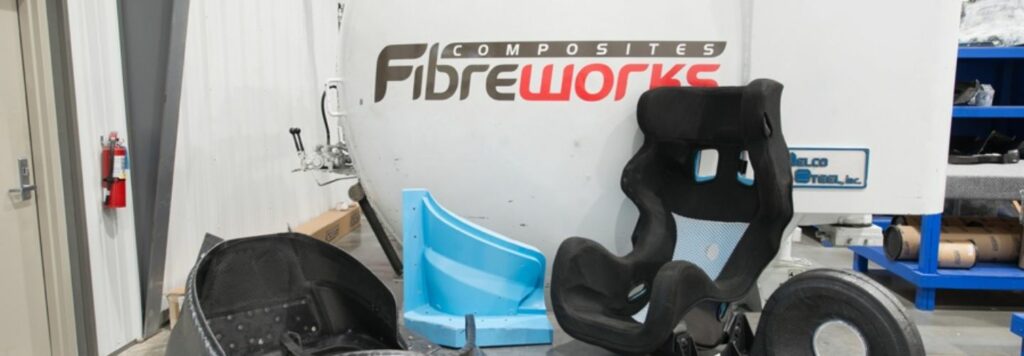
Project Details
- The Challenge: Reducing lead times for manufacturing high-performance composite race car parts.
- The Solution: Mastercam Router
- Benefits:
- Easy to learn and use
- Exceptional control of tool motions
- Seamless integration with CATIA
- Trimming toolpaths improve secondary operations efficiency
- Professional support from nearby reseller
Fibreworks is adept at using a wide variety of composite manufacturing techniques to achieve the customer’s requirements. Most of them involve the use of geometrically complex sculptured patterns and/or molds made from high-density polyurethane foam tooling board. The company initially ordered these from external suppliers. They were expensive purchases, since the 4” x 24” x 60” tooling boards alone cost about $1000 each. That’s before any manufacturing content is added. Worse still, lead times for these blue board tools were painfully long—a week or more. This was a barrier to growth since race teams frequently need their assignments turned around within days.
Fibreworks co-owner Joe Hofmann said, “In 2012, we decided to take destiny in our own hands and purchase a 3-axis router and Mastercam software along with a maintenance license that includes technical support from Barefoot CNC. Today, instead of just making a composite part, we can design, develop and manufacture. That includes machining all the tooling, molds and patterns in-house and the manufacturing of parts. We are essentially a one-stop shop.”
Fibreworks does all of its design work in CATIA, putting it on the same page with designers from major OEM race teams. Once the design has been optimized, the same CATIA data also translates directly into Mastercam, where it is used as the basis for creating patterns and molds. Total control of the tool makes it possible to create those complex free flowing organic geometries that are so essential for imparting strength into lightweight composite structures.
Control is also important because everything the company does is time sensitive. If a part comes in from a racing manufacturer, they want it in days, or a week at the most. Once Crawford brings the design in from CATIA, he will jump right into programming. Soon he will have the tooling board up on the machine, and while the router is making the roughing cuts, he will be completing the program so that no time is wasted. In the final manufacturing stages, trimming of composite parts that once consumed numerous man-hours has also been automated using Mastercam’s trimming toolpaths.
A major focus for Fibreworks in 2017 is to capitalize on these opportunities by moving to a new 20,000 sq. ft. plant and installing two more advanced 5-axis routers. This will boost existing capacity by 50% or better. As for lead times…Fibreworks is doing its best to keep pace with a very demanding customer base.
“For our line of work, I really need to be able to control what the tool is going to do. I don’t want to sit there and try to trick the software into doing it. When I first started here, the owner asked which CAM system we should get. I suggested Mastercam because it goes from a concept on the screen to a part faster than any software I’ve ever used.”
Alan Crawford, Lead Programmer, Fibreworks Composites, Mooresville, NC
